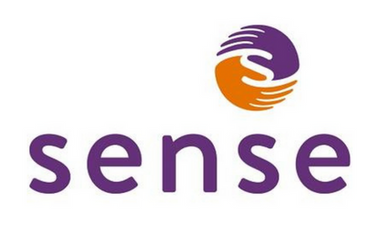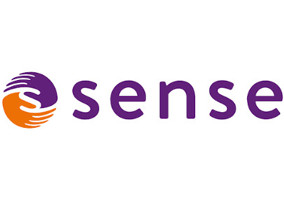Deafblindness charity Sense has pledged to reduce its ethnicity pay gap of 2.5% as it publishes the data for the first time.
The charity’s median ethnicity pay gap remains slightly higher than that of England and Wales, which stood at 2.3% in 2019, according to the Office for National Statistics.
Meanwhile, the charity reported 0% disability and gender pay gaps, both more than 10 percentage points lower than the national averages.
Sense has maintained a 0% median gender pay gap for the last three years, compared with an overall gender pay gap for the UK of 14.9%.
The charity said its relatively low pay gap figures reflect action it has taken in this area, which includes a new pay strategy and adopting “more inclusive talent acquisition practices”.
Disability and ethnicity pay gaps
Sense currently employs 2,623 “relevant employees” and 2,365 “full-pay relevant employees”, with women filling 80% of roles and men 20%.
Overall, Black, Asian and minority ethnicity employees make up 16% of total staff while the proportion of white employees is 64%. Data was unavailable for 20% of staff.
As of 5 April 2022, the charity had an ethnicity pay gap of 2.5%.

Some 8% of Sense’s employees have declared a disability, 75% have not and 17% did not provide any data.
The median disability pay gap at the charity is 0%, meaning that disabled staff receive the same pay as their non-disabled counterparts, well below the national gap of 13.8% recorded in 2021.

The charity said it has improved its recruitment processes and is “working with managers to support employees with adjustments that remove barriers for them”.
“This is the first year that Sense has calculated its pay gap on ethnicity, and it highlights a 2.5% median difference, and we’re committed to removing it. We can see that a key reason for this gap is that we employ a smaller percentage of employees from ethnic minority backgrounds in our upper pay quartiles and a higher percentage in our lower pay quartiles.
“However, we’re also missing key data in this area, so we’re working hard to address this by investing in new systems and processes.”
Gender and bonus pay gaps
The charity recorded its highest median gender pay gap in 2018 (2.3%) before reducing it to 0% in 2020 and keeping it to this level since then.

Its median bonus gender pay gap is -13.6%, with the proportion of male employees receiving a bonus (5.4%) being slightly lower than that of female employees (7%).
Previous data shows that bonuses were paid to around 50% of staff in 2021, which included payments to frontline workers during Covid-19.
The latest figures reflect “a small number of employee referral payments (paid when an employee recommends family or friends who we employ) and specific payments to employees in Northern Ireland”, the charity said.
“We have reviewed our bonuses and are confident that all are made available and are accessible to all relevant employees and so our bonus gaps are caused by the profile of our workforce and are fairly applied,” the charity said.
“We’re proud to be a social care employer with a majority of female employees at all levels of our organisation, from frontline to leadership, and that our pay remains fair at all these levels.
“It’s important to us at Sense that we continue to ensure our reward strategies support us in attracting, retaining, developing and including female employees throughout our organisation. While we continue to monitor and maintain this approach, our focus is now expanding to voluntarily reporting on pay gaps for disability and ethnicity.”
Related articles












